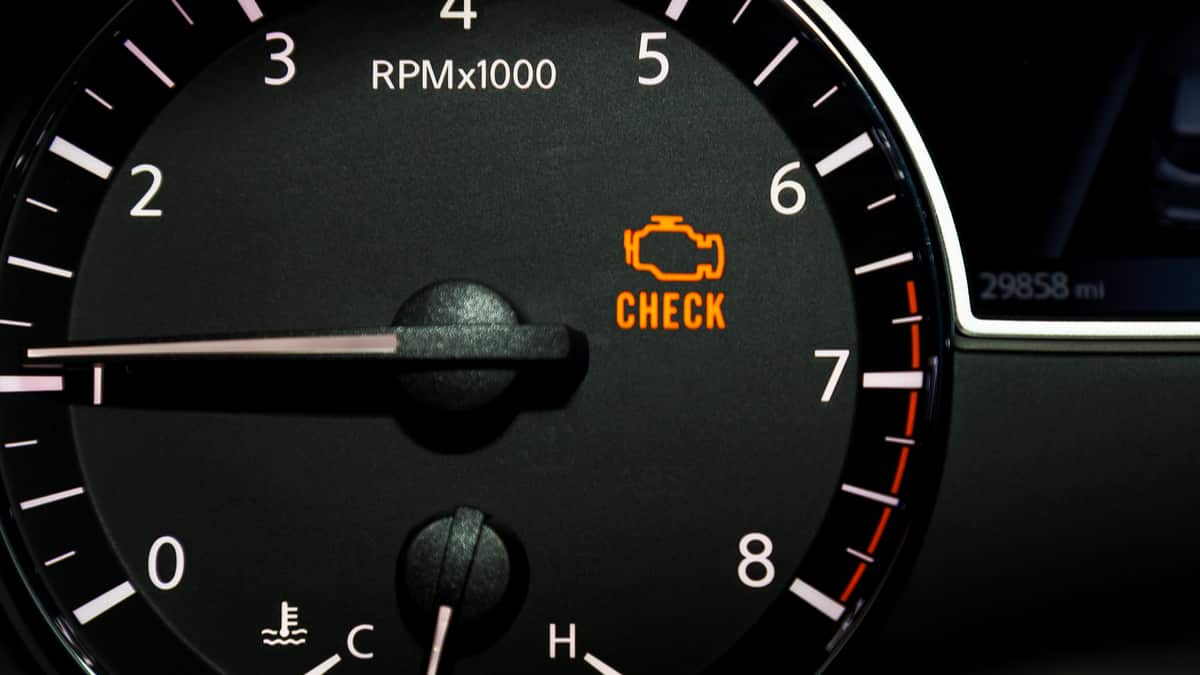The check engine light https://www.professionalautomechanic.com , also known as the malfunction indicator light (MIL), is a warning light on your car’s dashboard that indicates a problem with the engine or emissions system. The light may be accompanied by other symptoms, such as decreased fuel economy, rough idling, or a decrease in power.
There are many possible reasons why your check engine light might be on. Some of the most common causes include:
- A loose or faulty gas cap. This is one of the most common causes of a check engine light, and it’s a relatively easy fix. Simply tighten the gas cap or replace it if it’s damaged.
- A misfiring engine. This can happen if one or more of the spark plugs are faulty, or if the timing is off. A misfiring engine can cause decreased fuel economy, rough idling, and emissions problems.
- A faulty oxygen sensor. The oxygen sensor measures the amount of oxygen in the exhaust gas, and it helps the car’s computer adjust the air-fuel ratio. A faulty oxygen sensor can cause the car to run rich or lean, which can lead to emissions problems and decreased fuel economy.
- A clogged catalytic converter. The catalytic converter converts harmful pollutants in the exhaust gas into less harmful substances. A clogged catalytic converter can cause the car to run poorly and emit more pollutants.
- A problem with the fuel injection system. The fuel injection system delivers fuel to the engine, and a problem with this system can cause the car to run poorly or emit more pollutants.
If your check engine light is on, it’s important to have it checked by a mechanic as soon as possible. The sooner the problem is diagnosed and fixed, the less likely it is to cause serious damage to your car.
What should I do if my check engine light is on?
If your check engine light is on, there are a few things you can do:
- Check your gas cap to make sure it’s tightened properly.
- Reduce your speed and load on the engine.
- Use your car’s built-in diagnostic tools, if available.
- Take your car to a mechanic for diagnosis.
It’s important to remember that the check engine light is a warning light, not a diagnostic tool. It’s telling you that there’s a problem, but it doesn’t tell you what the problem is. Only a mechanic can diagnose the problem and recommend the correct repair.
How serious is a check engine light?
The seriousness of a check engine light depends on the underlying problem. Some problems, such as a loose gas cap, are relatively minor and can be fixed quickly and easily. Other problems, such as a faulty catalytic converter, can be more serious and require more extensive repairs.
In general, it’s always best to have a check engine light checked by a mechanic as soon as possible. Even if the problem is minor, it’s better to be safe than sorry.
How to prevent check engine light from turning on
There are a few things you can do to help prevent your check engine light from turning on:
- Get regular oil changes and tune-ups. This will help keep your engine running smoothly and prevent problems.
- Use high-quality fuel. Low-quality fuel can contain impurities that can foul spark plugs and other components.
- Avoid driving with a heavy load. This can put extra strain on the engine and lead to problems.
- Be aware of any strange noises or smells coming from your car. These can be signs of a problem that could lead to the check engine light turning on.
By following these tips, you can help keep your check engine light off and your car running smoothly.

